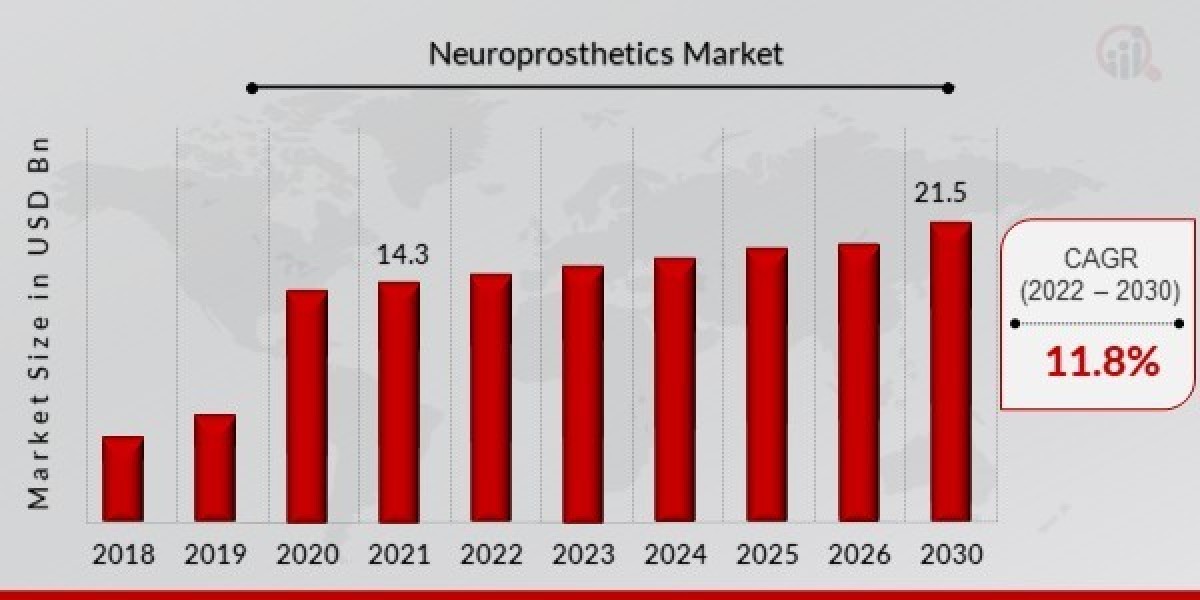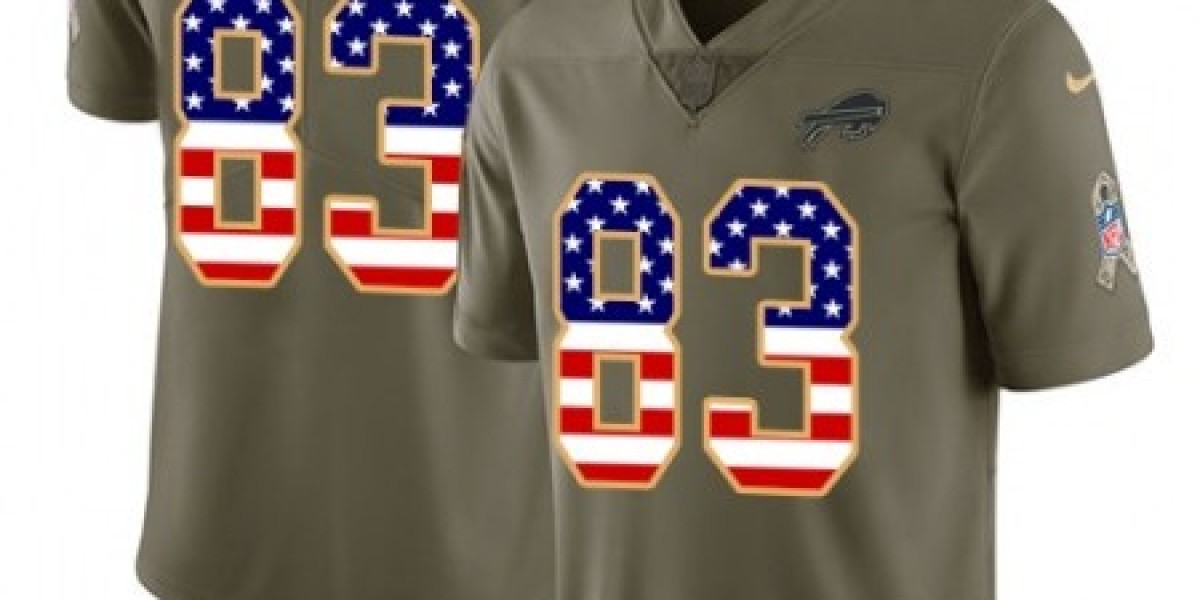The neuroprosthetics market is experiencing significant growth, driven by advancements in neuroprosthetic technology. Neuroprosthetics are devices that can interface with the nervous system to restore, replace, or enhance lost or impaired neurological function. These devices offer immense potential for improving the lives of individuals suffering from various neurological disorders, injuries, or diseases. Advancements in neuroprosthetic technology encompass a range of areas. For instance, researchers are developing increasingly sophisticated brain-computer interfaces (BCIs) that allow paralyzed individuals to control external devices like wheelchairs or prosthetic limbs using their thoughts. Additionally, deep brain stimulation (DBS) devices are being refined to offer more targeted and effective treatment for conditions like Parkinson's disease and epilepsy. These advancements in neuroprosthetic technology are not only improving the functionality of these devices but also expanding their applications to address a wider range of neurological conditions.
The neuroprosthetics market was valued USD 14.3 billion in 2021 and is expected to reach USD 21.5 billion by 2030 at 11.8% CAGR during the forecast period 2022-2030.
Market Drivers and Restraints:
- Drivers:
- Advancements in technology, leading to non-invasive and minimally invasive systems.
- Increasing prevalence of neurological disorders and overactive bladder syndrome.
- Growing demand for better life standards for individuals with disabilities.
- Restraints:
- High cost of neuroprosthetic products may limit market growth.
Segmentation:
- Type:
- Output neural prosthetics (cognitive prosthetics, motor prosthetics)
- Input neural prosthetics (cochlear implant, visual prosthetic)
- Technology:
- Vagus nerve stimulation
- Sacral nerve stimulation
- Deep brain stimulation
- Spinal cord stimulation
- Application:
- Physiological disorders (ophthalmic, auditory, cardiovascular, urology)
- Motor neuron disorders (Parkinson’s disease, epilepsy)
- Cognitive disorders (Alzheimer’s disease, paralysis, severe depression)
- End-users:
- Hospitals and clinics
- Diagnostic centers
- Research centers
- Others
Regional Analysis:
- North America:
- Dominant market due to research on neurological diseases like Parkinson’s disease and epilepsy.
- High patient numbers driving market growth.
- Europe:
- Strong healthcare sector with government and private investments in neuroprosthetics research and development.
- Asia Pacific (APAC):
- Expected high growth due to large patient pool and increasing prevalence of cognitive disorders and neurological problems.
- Growing healthcare sector and strategic investments by market players contributing to market momentum.
- Middle East & Africa (MEA):
- Developing region with potential growth opportunities, driven by advancements in healthcare infrastructure and increasing patient numbers.
Another exciting area within the neuroprosthetics market is the development of cognitive neural prosthetics. These are specialized neuroprosthetic devices designed to address cognitive impairments. As the population ages, the prevalence of neurodegenerative diseases like Alzheimer's disease and dementia is expected to rise significantly. Cognitive neural prosthetics have the potential to revolutionize the care of these patients. For example, researchers are exploring the use of memory prosthetics to help individuals with Alzheimer's disease retain memories or stimulate the production of new ones. Additionally, other cognitive neural prosthetics are being developed to enhance focus, attention, and decision-making abilities in individuals with various cognitive impairments. The continued development of cognitive neural prosthetics is a promising area within the neuroprosthetics market, offering hope for improved quality of life for a growing population of patients.
Competitive Landscape:
MRFR published the report on the global market with focus on neuroprosthetics companies such as Cochlear (Australia), Abbott (US), Neuropace (US), Medtronic (US), Boston Scientific (US), Sonova (UK), Livanova (UK), Med-El (UK), Retina Implant (US), Nevro (California), Second Sight (US), and others.
For more information visit at MarketResearchFuture
Other Trending Reports








